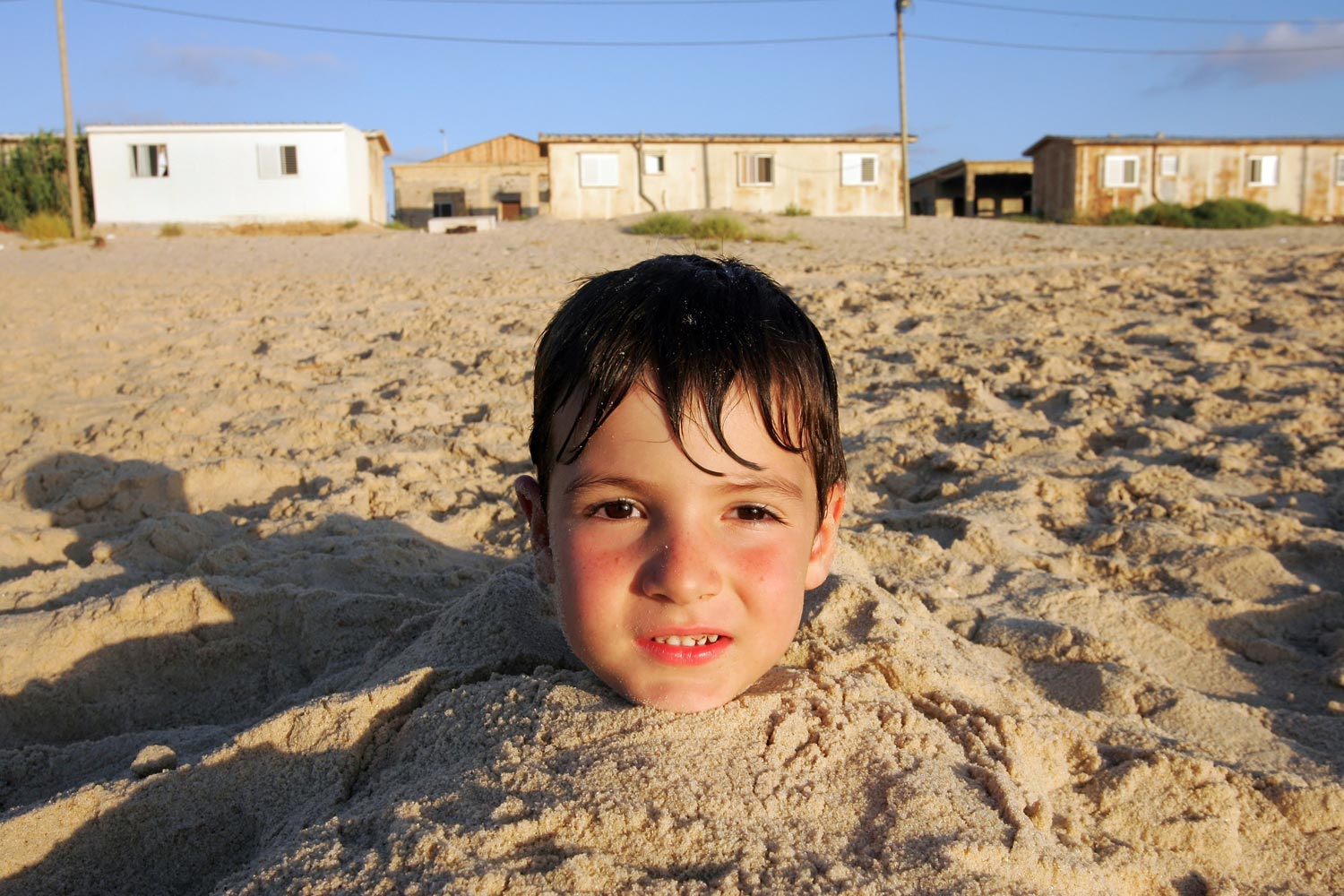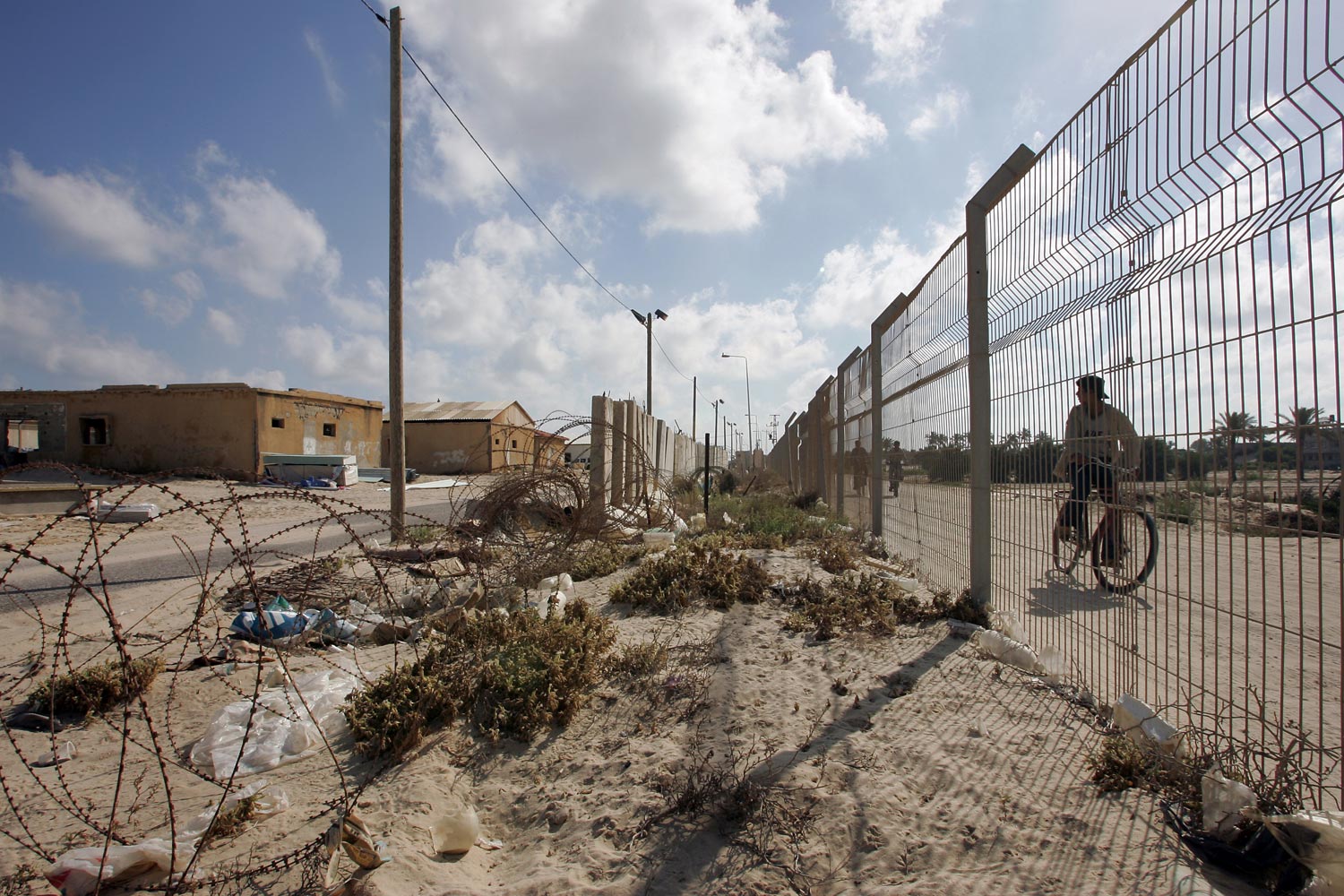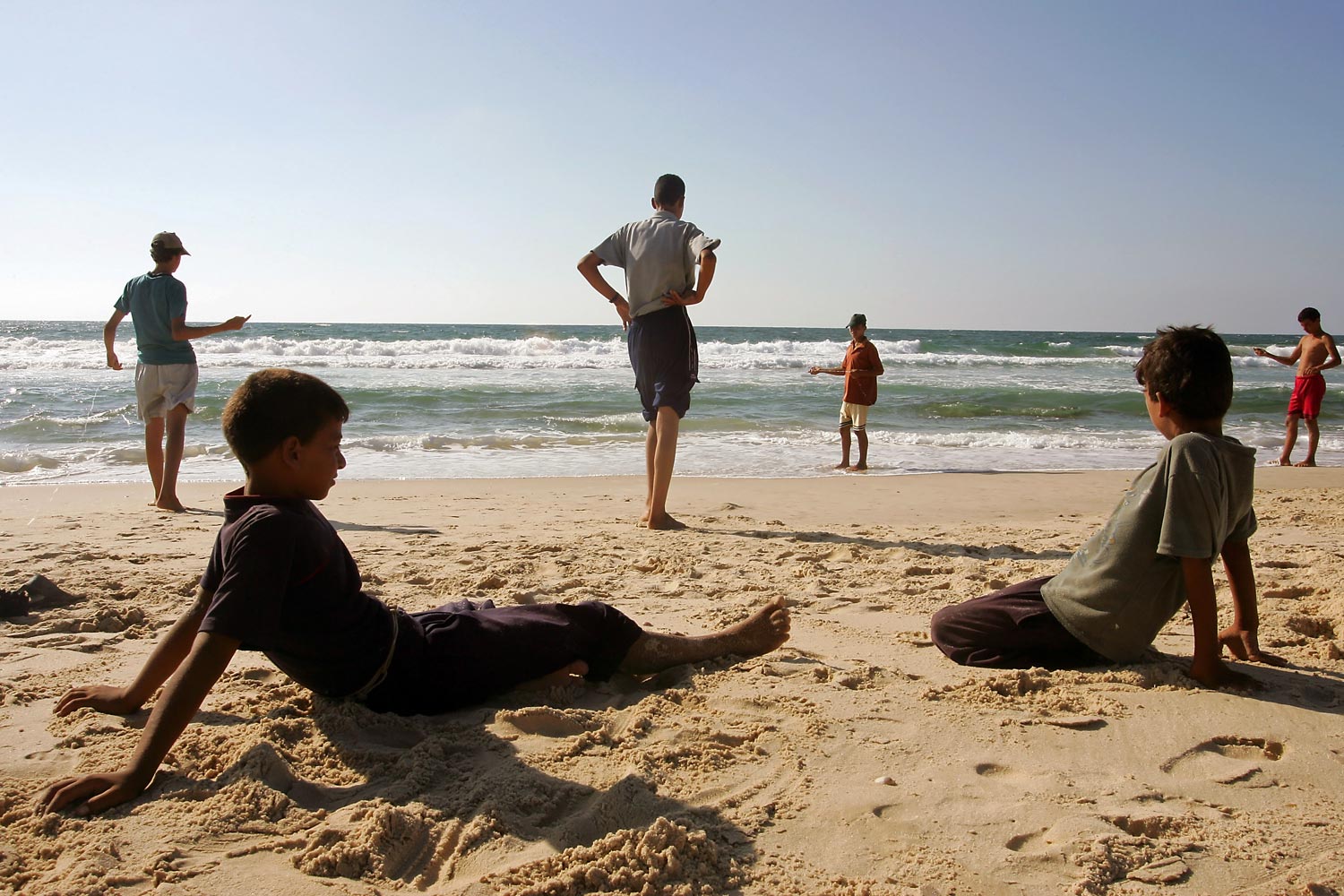Shirat Hayam
Less than a week. Fewer than seven days were needed for the Israeli security forces to complete the evacuation of 21 settlements in Gaza Strip and four settlements in northern Samaria. Many months of planning, political maneuvering, and operational preparations in the face of an ongoing struggle and faith in the cancellation of the evacuation decree petered out in a climax that lasted contrary to all expectations for only a few days.
During the months preceding the disengagement I chose to focus on Shirat Hayam (“song of the sea” in Hebrww), a settlement with 16 families located on the Gush Katif seashore in the Gaza Strip. Shirat Hayam was actually the complete opposite of my personal world. The desire to document the withdrawal from a personal point of view and the curiosity to understand the “opposite side” brought me to act as a witness and document the last months in the life of the settlement, while focusing precisely on the fabric of daily life from a personal aspect, and not on news oriented photography. I intensely followed the lives of the settlers, who spread out before me the physical and spiritual worlds that had motivated these families to give up comfort and security for the sake of living in the heart of a hostile population, making sacrifices and living in faith, and directly influencing the presence of the soldiers who protected them and the Palestinians surrounding them.
As the time of disengagement drew near and the pace of events picked up, all of the residents and hundreds of those who opposed disengagement who had moved into tent cities on the grounds of the settlement continued their daily routine amid a continuous emotional storm. Despite a difficult sense of loss and the pressures to oppose the withdrawal actively, the people of Shirat Hayam chose a non-violent struggle.
Shirat Hayam was evacuated on August 18, 2005, the 2nd day of the execution of the Disengagement Plan. The evacuation of the settlement lasted an entire day and passed nearly without violent incidents, but with some difficult emotional scenes. Most of the families relocated together to the settlement of Brosh and awaited the government’s approval for establishing a new settlement called Maskiyot. Five families have left the others and moved to new homes in Nitzan, Saad, Susya, and central Israel.
























